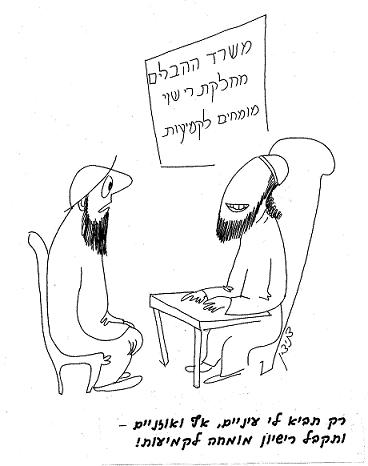
One is forbidden to take items out into the public domain on the Sabbath; this action is one of the prohibited labors on the Sabbath and is called hotza’ah or tiltul b’reshut harabim. One is permitted to go out into the public domain wearing items which are part of his outfit or accessories: a ring or necklace, a nice hat, etc., as long as they are clothing or accessories. But items which are not clothing or accessories one is forbidden to take out into the public domain. One is forbidden to go out with a needle stuck in one’s clothes if it is not a decoration or with a pencil over one’s ear for purposes other than decoration. The sages discussed what is considered clothing and accessories and what is not. One of the things they were exacting about was amulets — a note or plant roots which serve as cure for illnesses and which is worn as a necklace.
The early sages (Tanaaim) ruled that only an amulet which has healed and has been proven effective may be worn as a necklace and taken out on the Sabbath. When is an amulet considered to be proven? Answer: After it has healed three times, be it worn by a person who is sick, for example with epilepsy, or by a person who is well to keep from becoming sick with epilepsy. One of the scholars, Rav Papa, draws a distinction between a proven amulet and a proven amulet-maker. Therefore he rules that if a person has written three different amulets which have healed three people, the amulet writer is proven and any amulet he writes is permitted for wear as a necklace and for transport into the public domain on the Sabbath. If he wrote one amulet and gave it to three sick people who were subsequently cured, the amulet is considered proven but not the writer. Rav Papa asked: What is the rule if one person wrote three different amulets and gave them to one person, and in all three cases effected a cure? Is the amulet writer considered proven or not? What are the issues under debate? On one hand he has healed thrice, with three different amulets, but on the other hand he only healed one person and his success may stem from the patient’s luck, not the amulet writers skill. This doubt was not resolved in the Talmud.
(Babylonian Talmud, Tractate Shabbat 61a-b)
